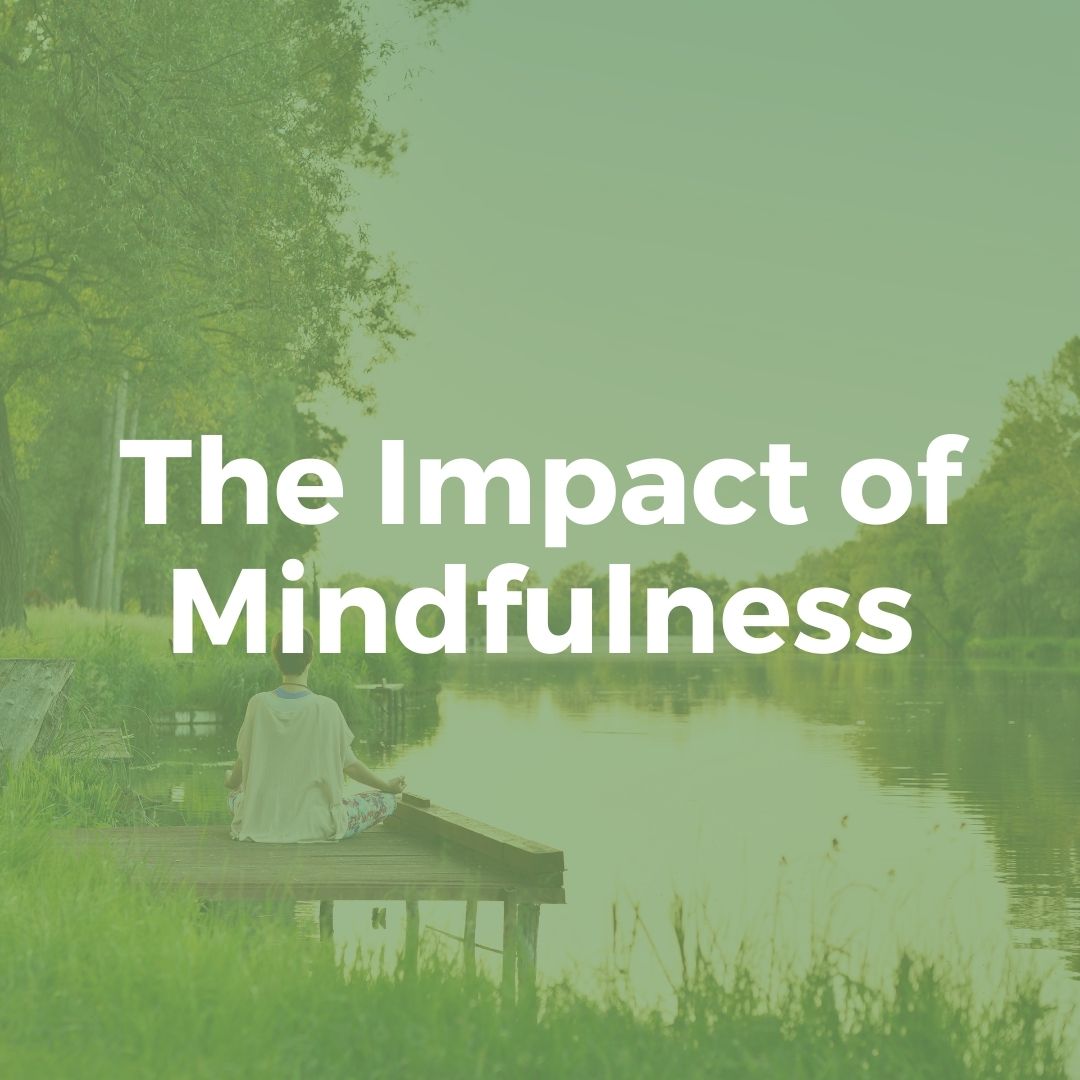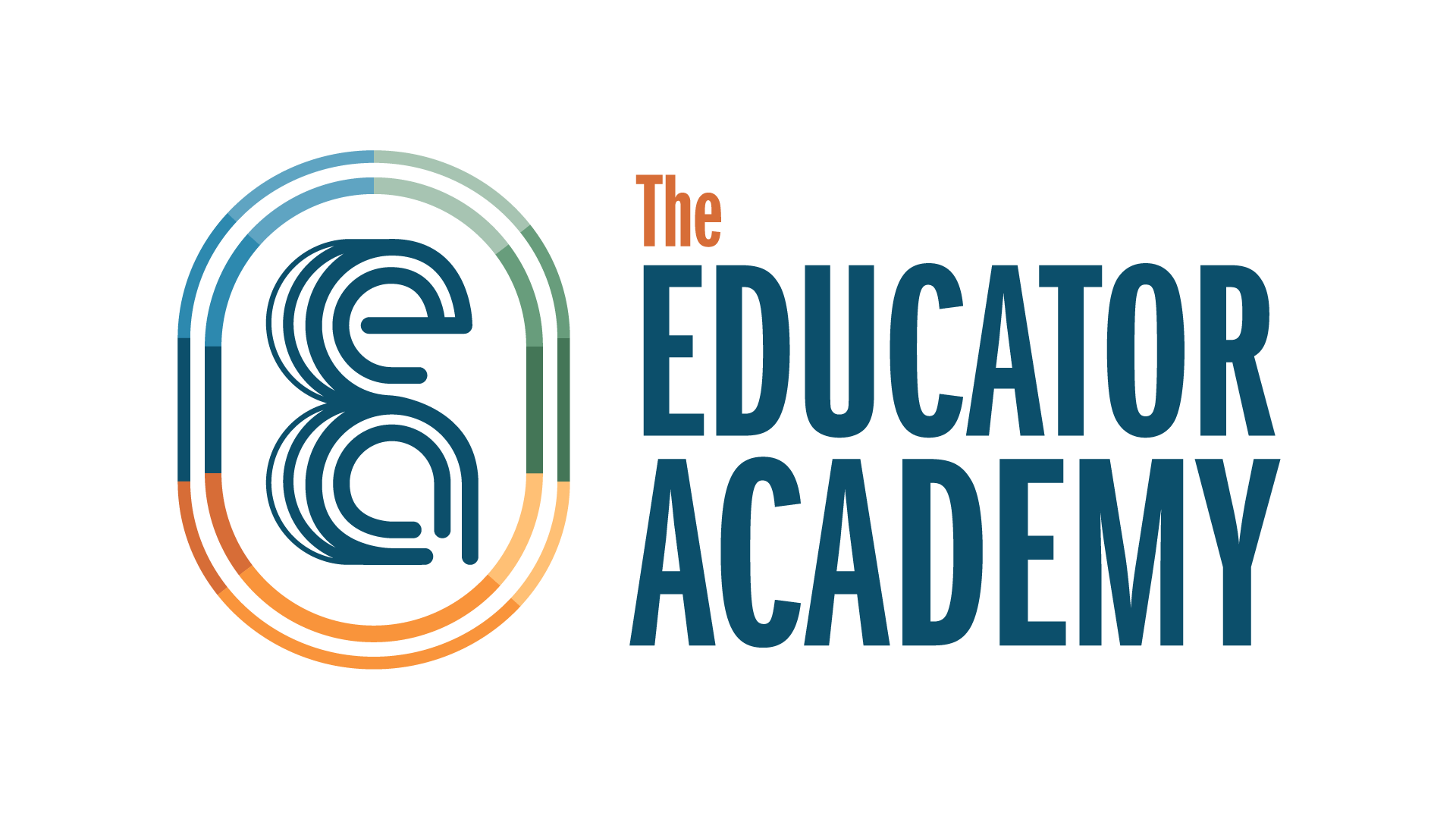
The Point
This term “Meta” has been thrown around a lot the last few years. From the memes (“That’s so meta!”), to Facebook’s name change, to the robust conversations about metacognition in classrooms – this term “Meta” is everywhere.
But the fact is that personal metacognition is an essential part to really ‘waking up’ and changing. Our brains are an amazing part of us. It protects us from physical and emotional harm with negative feelings and protective measures, it problem solves through crisis, it absorbs new information and automatically connects it to old information. But , if we are unaware of our brain’s functions, and just let it go on its not-so-merry way, we often find ourselves in some mental ditches, which can result in anxiety, poor mood, constantly feeling overwhelmed, and with less access to the smartest part of ourselves. When we learn to think about our brain and what it’s doing (being “meta”), we can notice harmful patterns and bring about change.
“It was found that the average person has about 12,000 to 60,000 thoughts per day. Of those thousands of thoughts, 80% were negative, and 95% were exactly the same repetitive thoughts as the day before…There was another interesting study (Leahy, 2005, Study of Cornell University), in which scientists found that, firstly 85% of what we worry about never happens. Secondly with the 15% of the worries that did happen, 79% of the subjects discovered that either they could handle the difficulty better than expected, or that the difficulty taught them a lesson worth learning.
The conclusion is that 97% of our worries are baseless and result from an unfounded pessimistic perception.These baseless worries are a major source of stress, tension and cause of exhaustion not only for the mind, but also for the physical body.”
When we add this human nature ‘negative bias’ to authentically stressful situations (ahem… the whole last two years of school), we often end up living in our thoughts as if they are reality. In this issue, we’re going to explore practices that actually work in our real life. Practical ways to go ‘meta’ and notice and change. Our hope is that you’ll find some peace through practicing changing your brain. (Something we’ll call “a practice”).Check out more here!
Redefining Mindfulness
When I hear mindfulness, I think of yoga mats, or chimes, or closing my eyes and ‘checking out’. All those things can be good tools and practices, but I don’t exactly have access to a yoga mat in the middle of my work day. So we want to explore some simplification of practices we can do to go a little meta and recognize what our brain is doing and heal if needed.

Resources
Looking for content to dive deeper into this topic? Check out these links below for further readings and a podcast related to this topic.
- Liberate: “A safe space for the Black community to develop a daily meditation habit.”
- Daylio: This app lets you track different things about how you’re feeling. I’ve used it to track stress, anxiety and their correlation to migraines. But it also can be a daily journal and gives you reminders to journal.
- Calm App: I use this at least once a week. With 3 minute practices, to bedtime stories to calm your mind as you sleep, this app is a powerhouse of calm.
- Stay Focused: This browser add on allows you to block sites or apps that you find wasting your time on.
- The Safe Place: “The Safe Place” Is a Minority Mental Health App geared towards the BIPOC community. It gives specific self-care plans based on what is happening. They include “Self Care when coping with Police Brutality” “When Family Doesn’t Understand”.
Tips for Summer
1. Set a Routine: After you take a week to just be, set a routine. And make that routine intentional. What habits do you want to hone in on? Pick one and put it in your routine. What projects do you want to tackle? What is a goal you have for just yourself? See a simple sample here.
2. Check-in with yourself: Every time you take a water break, pause and check in. How is your body feeling? Anything you need to adjust?
3. Get outside and move! Movement is as effective as some antidepressants in our body. While it may not heal all your struggle this last year, it is a great place to start. (See this map compilation of fun places to go move!)
The Author

About the Author: Casey Born is the Senior Member Success Advocate for The Educator Academy. In this role, she extends support, offers resources, boosts skills, prioritizes wellness, and offers encouragement needed to thrive and to sustain a career in education. She is passionate about the need to address the whole person and is available to check-in, connect with resources, and plan for success!

